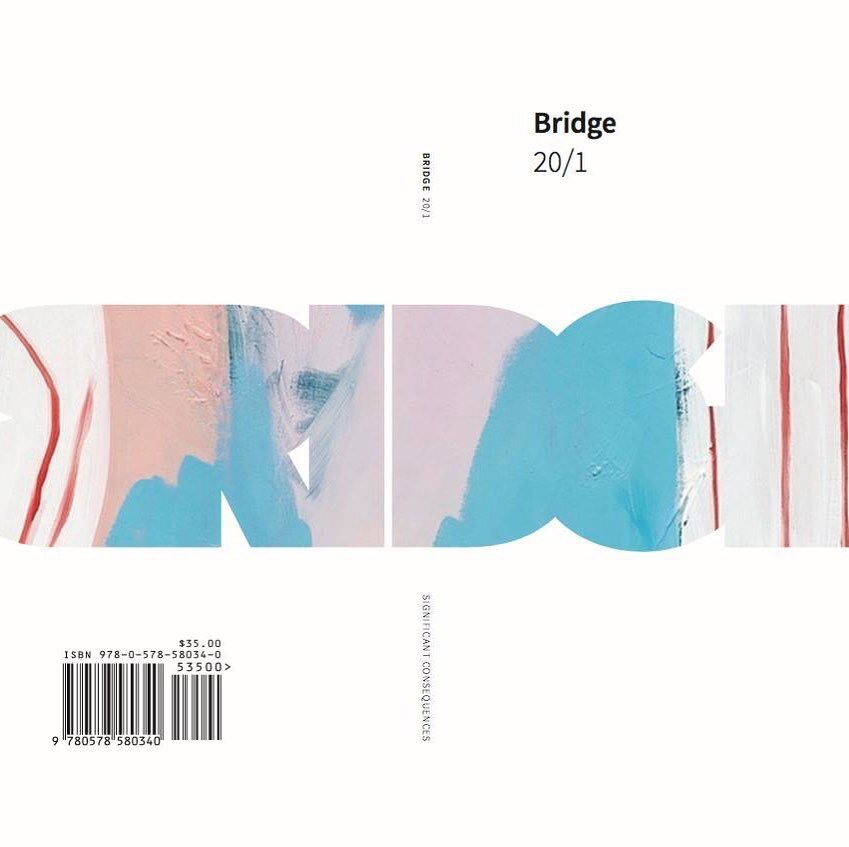REVIEW: “Woven Being: Art for Zhegagoynak/Chicagoland” at the Mary and Leigh Block Museum of Art, Northwestern University
Andrea Carlson, The Indifference of Fire, 2023. [installation view] Oil, acrylic, gouache, ink, color pencil, and graphite on paper approximately 46 x 182 inches (overall), 11.5 x 30 inches (each of 24 elements), Gochman Family Collection. ©Andrea Carlson, courtesy Bockley Gallery and JAMES FUENTES.
REVIEW
Woven Being: Art for Zhegagoynak/Chicagoland
The Mary and Leigh Block Museum of Art, Northwestern University
40 Arts Circle Drive
Evanston, IL 60208
January 26 – July 13, 2025
By Alexandria Knapik
On view until July 13, 2025, Woven Being: Art for Zhegagoynak/Chicagoland is an exhibition curated through the voices of four artists—Andrea Carlson, Kelly Church, Nora Moore Lloyd, and Jason Wesaw. The exhibition serves as both a recognition and a reclamation of Indigenous art histories often sidelined in the dominant narratives of the art scene in the Illinois region (& also beyond).
The exhibition experience begins outside, where three striking pieces adorn the glass exterior, immediately signaling a dialogue between the artworks and the cityscape. Once inside, visitors ascend to the exhibition space, where the objects are safeguarded from sunlight behind imposing metal doors. Inside, Indigenous American art fills the space, offering an immersive experience that is a sensory and intellectual overload in the best possible way. Many guests commented on the smell of sweetgrass that was constant throughout the gallery, after being greeted at the entry by Indigenous voices at an ambient volume.
Jim Denomie (Lac Courte Oreilles band of Ojibwe), Totem, Animal Spirits, 2021. Wood, oil paint, deer antlers, horse hair, found objects, 78 × 32 × 32 in. Forge Project Collection, traditional lands of the Moh-He-Con-Nuck.
Zhegagoynak (can be pronounced with the English alphabet, if curious), home to the Council of Three Fires (Ojibwe, Potawatomi, and Odawa) as well as numerous other Indigenous nations, has long been a cultural and economic connection point. There’s even a piece in the far side of the gallery, with a series of 3 artworks each featuring a blue line on them, all together creating an overhead view of Chicago river’s Indigenously named Wolf Point (where all of the river’s branches meet in present downtown). However, despite this deep history, Indigenous artistic contributions have frequently been rendered invisible within the mainstream institutions that document the city’s artistic legacy. Woven Being directly confronts this absence by foregrounding Indigenous perspectives, ensuring that both historic and contemporary Indigenous creative practices are acknowledged as vital components of the region’s cultural fabric.
The exhibition’s structure is notably non-linear, forgoing a singular narrative in favor of “constellations” of works that interweave past, present, and future via inclusion of over 80 works by 33 artists. This approach not only resists the monolithic tendencies of institutional curation but also mirrors Indigenous methodologies of storytelling and knowledge transmission. Really pleasantly done by none other than a museum on the campus of Northwestern University. There are many little sheltered sections of the gallery which makes it a little more digestible to hear the stories being told in the works.
In each space, symmetries emerge as a striking visual and conceptual element, both within individual works and across the exhibition as a whole. There certainly is a juxtaposing of the natural elements like wood and grasses featured in the pieces with the colder aspects of the glass, TV’s and drywalled parts of the institution’s contribution to the exhibition. This however is beautifully bridged by the diversity of types of art brought throughout.
Kelly Church (Match-E-Be-Nash-She-Wish Band of Pottawatomi/Ottawa, born 1967) Native Land Mat, 2024,White cedar bark, black ash, ribbon, wood, laminated black construction paper. Collection of Kelly Church, Image courtesy of the artist.
Beyond the traditional gallery offerings for visual appetites, Woven Being fosters an inclusive and supportive environment. A dedicated community space encourages engagement, while accessibility features ensure that a wide range of visitors can fully experience the exhibition. A particularly significant element is the provision of a space where Indigenous Americans can leave sacred objects, reinforcing the exhibition’s role not just as an art showcase, but as an active site of cultural reverence. There is a lot being offered to those with little experience viewing and hearing Indigenous stories, and there’s so much to learn for those who are even very versed too.
The selected works span a diverse range of media, demonstrating the adaptability and resilience of Indigenous artistic expression. Newly commissioned installations sit alongside historical pieces, forming a dialogue that bridges time and space. The result is an exhibition that does not merely present Indigenous art but actively participates in the ongoing work of Indigenous self-representation and sovereignty within the art world. By centering Indigenous voices and prioritizing collaborative curatorial methods, the exhibition reasserts the presence of Indigenous artists in a city that has long benefited from their labor while silencing their contributions. Through the perspectives of its four lead artists, Woven Being challenges viewers to reconsider their understanding of Chicago’s artistic heritage, urging them to see the city not just as a contemporary metropolis but as a deeply layered Indigenous space. In doing so, it offers a model for how institutions might move beyond tokenization to engage meaningfully with Indigenous art and histories.
Alexandria Knapik is curator, organizer, artist and writer living in Chicago.
Like what you’re reading? Consider donating a few dollars to our writer’s fund and help us keep publishing every Monday.




